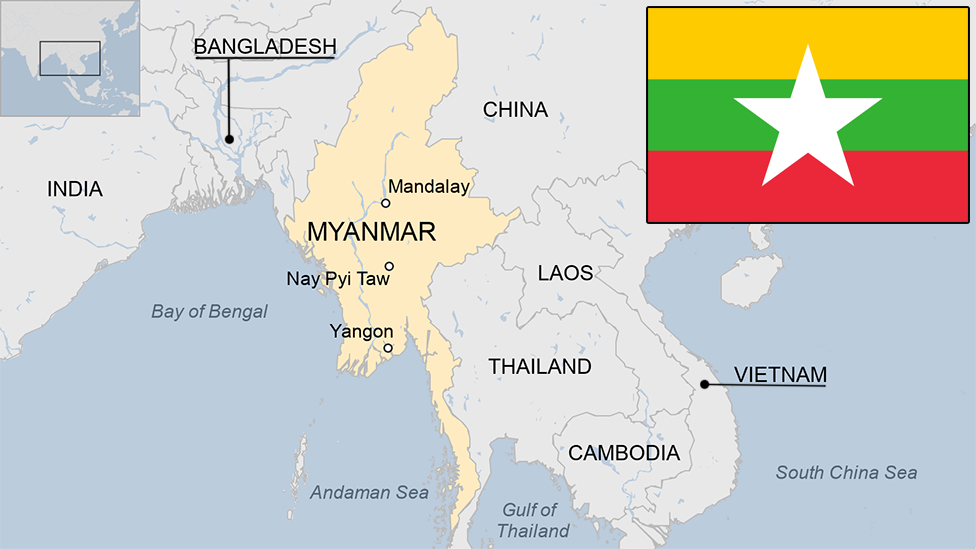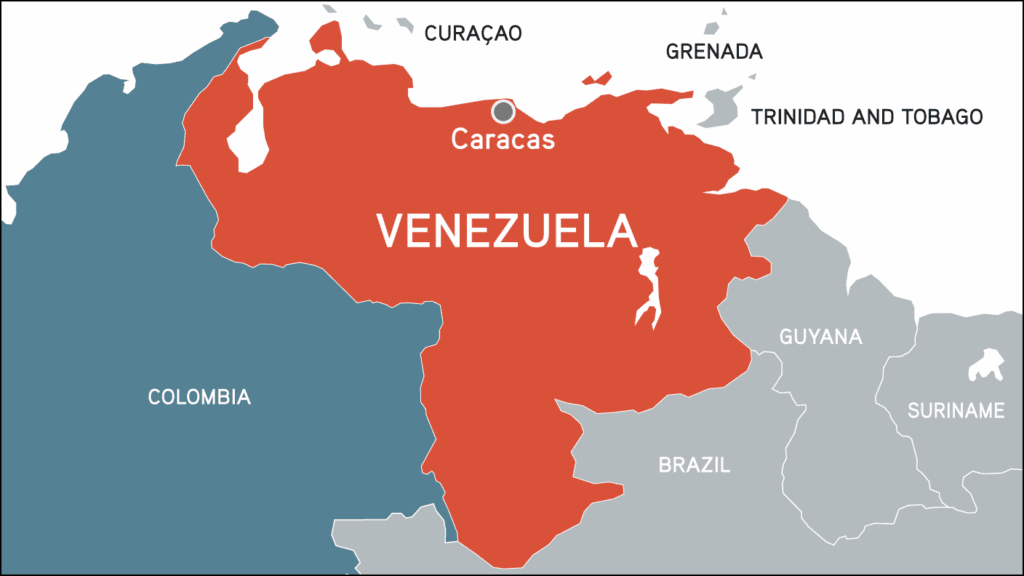On Saturday, the Northern Hemisphere witnessed an unusual display of colour in the skies due to an unusually strong solar storm that hit Earth. The United States National Oceanic and Atmospheric Administration issued a severe geomagnetic storm warning after a solar outburst reached Earth on Friday afternoon, hours sooner than anticipated. In the United Kingdom, many people shared phone snaps of the Northern Lights on social media, with sightings as far south as London and southern England. The Northern Lights were due to last through the weekend and possibly into next week.
While the storm did not cause any immediate reports of disruptions to power and communications, NOAA alerted operators of power plants, spacecraft in orbit, and the Federal Emergency Management Agency to take precautions. The storm could produce northern lights as far south in the US as Alabama and northern California, NOAA said. However, experts stressed that it would not be the dramatic curtains of colour normally associated with the northern lights but more like splashes of greenish hues.
The most intense solar storm in recorded history occurred in 1859 and prompted auroras in Central America and possibly even Hawaii. Experts do not anticipate that this storm will have the same intensity as the one that occurred in 1859, but it could come close. The storm poses a risk for high-voltage transmission lines for power grids, not the electrical lines ordinarily found in people’s homes, according to NOAA space weather forecaster Shawn Dahl. Satellites could also be affected, which in turn could disrupt navigation and communication services on Earth.
For most people on Earth, this storm won’t require any action. However, NOAA encourages people to take advantage of this opportunity to view the Northern Lights. Rob Steenburgh, a scientist with NOAA’s Space Weather Prediction Center, recommends using phone cameras to capture the best aurora views as they are better at capturing light than the naked eye.













